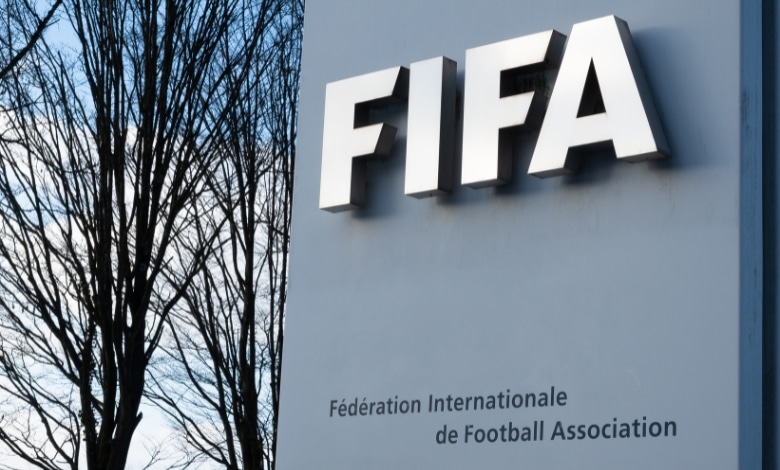FIFA ensures protection to female players and coaches under empowerment measures

This content has been archived. It may no longer be relevant
The last time when women played in the FIFA World Cup was in 2019; France hosted the international tournament to see the USA bag its second consecutive title and fourth overall FIFA World Cup title in the women’s category. It was a sight to watch as many flooded the stadiums to support their favorite teams. Television saw astonishing viewership for the sport.
That was precisely the moment when FIFA understood the impact that the game could have on the audience. Specifically speaking, empowering women’s football games showcases how far sports can go to encompass everyone in modern times.
A few steps have been taken by FIFA to make sure that women are well-placed in football. It carefully takes into consideration pregnancy and maternity leave not just for players but also for female coaches.
Stepping Up Protection
A proposal has been tabled by FIFA to cover female players and coaches to protect them during and after pregnancy. Per the new rules, it is mandatory for female players and coaches to take a minimum of 14 weeks of maternity leave, during which they will be paid two-thirds of the contracted salary.
It will be the sole responsibility of the club to review that their return to the team is duly looked after with adequate medical supplies and physical support.
Finally, the third rule states that they should not be unfairly treated after pregnancy. Thereby ensuring employment protection for women in the sport. The rules have been drafted by the FIFA Football Stakeholder Committee.
Gianni Infantino, the President of the Association, said that women’s football is officially entering the next stage. Gianni further added that it is only imperative for the global Association to adopt an appropriate regulatory framework. He also talked about coaches often being ignored, stating that there was a dire need to plug the gap and recognize their key role in football.
Seeking Views
The 2019 Women’s FIFA World Cup was a turning point for the game. It brought together a lot of fans and hopes that there is a bright future. Tackling the defending opponent is no more a man’s job, and representing a country is a stage equally shared by both genders.
FIFA is now seeking to reach out to more audiences to increase the number of viewers. The Association has plans in place to seamlessly allow visitors to book tickets for the stadium and organize their stay abroad. Those who are unable to make it will remain connected through the telecasting medium – the internet and/or television.
A FIFA spokesperson once said that approximately 750 million people tuned in to watch the 2015 Women’s FIFA World Cup. The number then reached closer to a billion in the 2019 edition. The ripple effect has been felt by the best FIFA betting sites as well, where more fans headed out to place their wager.
A higher reach alternatively means that more female fans are attracted to football and that they are filled with enthusiasm to rise to the international level and showcase their talent. The strategies of FIFA are, therefore, looking to grow the game, strengthen the foundation, and enhance the commercial value.
Investment Climbs A Higher Ladder
Women’s FIFA World Cup 2019, France, had an investment of roughly around $50 million. The upcoming edition sees an inflow of approximately $152 million, three+ times that amount. Gianni Infantino has personally appealed to brands, or commercial partners, to pay a higher amount for the Women’s football tournament.
It will be jointly hosted by Australia and New Zealand, with a core focus on gender equality. FIFA is looking to highlight the historical significance of the game through its journey so far.
A higher investment also makes way for a better prize which will be worth nearly $110 million for participant members’ associations. The same was worth $30 million in the 2019 edition and $15 million in the 2015 edition.
Notably, this is in addition to the preparation money, which has touched the mark of $31 million against the previous mark of $12 million in 2019. The fund will be directed to help teams in preparing for the tournament. The Club Benefits Programme has also been increased from $8 million (2019) to $11 million (2023).
FIFA is making arrangements to improve the living conditions for women during the tournament. This includes base camps, travel arrangements, and accommodation, among many others.
Conclusion
In conclusion, it is wrong to say that the women’s category in football was ignored. However, it is right to say that they were deeply underestimated by the Global Association for Football. Women are now emerging as champions and favorites of fans all over the world. FIFA is on the right path to protect their interest with coaches, finally giving them well-deserved recognition.





